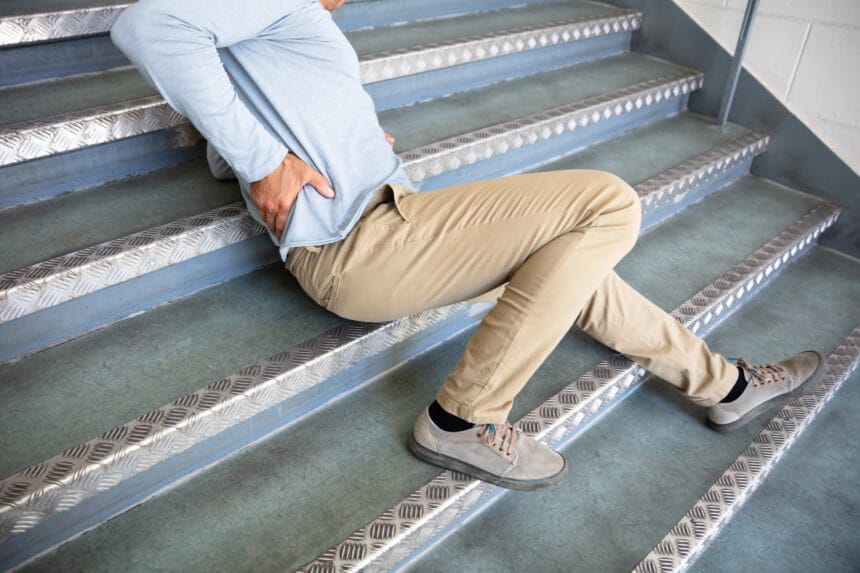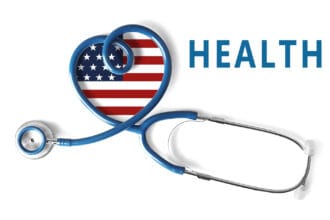Slip-and-fall accidents are among the most common causes of injuries, particularly for older adults. According to the Centers for Disease Control and Prevention (CDC), millions of people experience these accidents every year, leading to fractures, head injuries, and a loss of independence. However, many of these incidents are preventable. One powerful tool in reducing the risk of slipping and falling is core strength.
- Understanding Core Strength and Its Importance
- How Core Strength Reduces Slip-and-Fall Risks
- Core Exercises to Enhance Stability and Balance
- Special Considerations for Older Adults and Fall-Prone Individuals
- Complementary Practices to Support Fall Prevention
- Conclusion: Prioritizing Core Strength for a Safer Future
Your core muscles—comprising your abdominals, back, and pelvic muscles—serve as the foundation for balance, stability, and movement. By focusing on building a stronger core, you can improve your body’s ability to stay upright and steady, even in challenging situations. This blog will explore why core strength matters, how it reduces fall risks, and what exercises and practices you can adopt to enhance your stability.
Understanding Core Strength and Its Importance
According to Donaldson & Weston, your core is more than just your abs. It includes the muscles in your abdomen, back, sides, and pelvis that work together to stabilize your body. These muscles allow you to stand, walk, and perform daily activities with proper posture and control. When your core is weak, you’re more likely to experience balance issues, which increases your risk of falling.
A strong core also supports your spine, reducing strain on your lower back and improving your overall mobility. This foundation of stability enables you to react quickly if you slip, helping you regain your balance before falling. Understanding the pivotal role of your core is the first step in prioritizing exercises that strengthen these muscles and contribute to long-term safety.
How Core Strength Reduces Slip-and-Fall Risks
Core strength plays a critical role in preventing falls by enhancing your ability to maintain stability during sudden movements. For example, when you step onto an uneven surface, your core muscles automatically engage to help you regain balance. Without this natural reflex, even minor slips can result in serious falls.
Additionally, a strong core improves posture and gait, both of which are essential for navigating slippery or cluttered environments. By keeping your body aligned, these muscles reduce the likelihood of tripping or misstepping. Whether it’s icy sidewalks or wet floors, a well-conditioned core equips you to handle such situations with greater confidence and control.
Core Exercises to Enhance Stability and Balance
Building core strength doesn’t require complicated equipment or a gym membership. Simple exercises can significantly improve your stability. Planks, for instance, engage multiple core muscles simultaneously, helping you develop endurance and strength. Start by holding a plank for 10-15 seconds and gradually increase the duration as you get stronger.
Bridges are another excellent option. Lie on your back with your knees bent, feet flat on the ground, and lift your hips toward the ceiling. This exercise targets your lower back and glutes, complementing the rest of your core training. For older adults or beginners, seated leg lifts or modified standing exercises provide a safe way to build strength without the risk of overexertion.
Special Considerations for Older Adults and Fall-Prone Individuals
Older adults or individuals recovering from a fall need tailored approaches to core strengthening. Safety is paramount, so exercises should be performed with proper support, such as using a chair or wall for balance. Low-impact movements like seated knee lifts or chair-assisted side stretches can help strengthen core muscles without putting undue strain on the body.
For those with limited mobility, working with a physical therapist can be beneficial. Therapists can design customized routines that gradually build strength and stability while addressing specific challenges. These routines often incorporate tools like resistance bands or stability balls to enhance engagement and effectiveness.
Complementary Practices to Support Fall Prevention
While core exercises are vital, pairing them with complementary practices enhances overall fall prevention. Activities like yoga and Tai Chi improve balance, flexibility, and mindfulness, which are crucial for navigating environments safely. These disciplines also teach controlled breathing, which can help calm the body during moments of instability.
Creating a safe living environment further reduces risks. Ensure that your home is free of tripping hazards, such as loose rugs or clutter. Invest in proper footwear with non-slip soles and adequate arch support. Combining these proactive measures with core exercises builds a comprehensive defense against slip-and-fall accidents.
Hydration and nutrition also play crucial roles in fall prevention. Dehydration can lead to dizziness or lightheadedness, increasing the risk of losing balance, while a well-balanced diet rich in calcium and vitamin D strengthens bones, reducing the severity of injuries if a fall occurs. Additionally, regular eye check-ups ensure your vision remains sharp, enabling you to spot hazards more effectively. When these practices are integrated with core exercises and balance training, they create a holistic approach to improving stability and reducing fall risks.
Conclusion: Prioritizing Core Strength for a Safer Future
Strengthening your core is a simple yet powerful way to reduce the risk of slip-and-fall accidents. By improving your balance, posture, and reaction times, a strong core equips you to navigate daily challenges with greater confidence. Whether you’re recovering from an injury or aiming to prevent future incidents, incorporating core-focused exercises into your routine is an investment in your long-term safety and independence.
Start today by committing to simple movements like planks or bridges, and explore additional practices like yoga to complement your efforts. By taking proactive steps to strengthen your core, you not only reduce fall risks but also enhance your overall quality of life. Empower yourself with the knowledge and tools to stay steady, safe, and strong.










